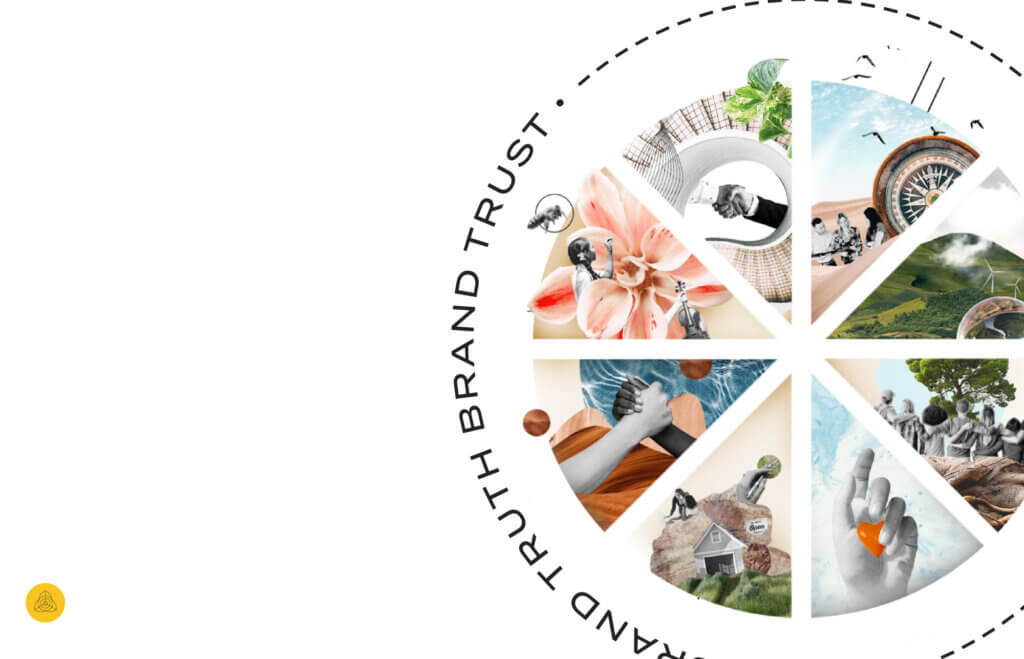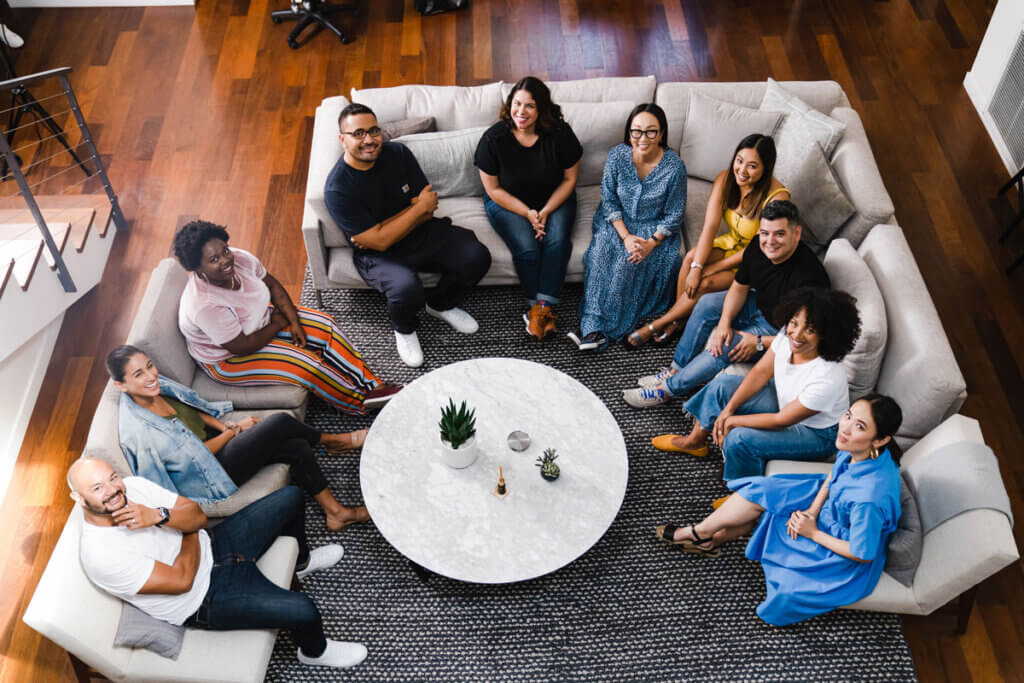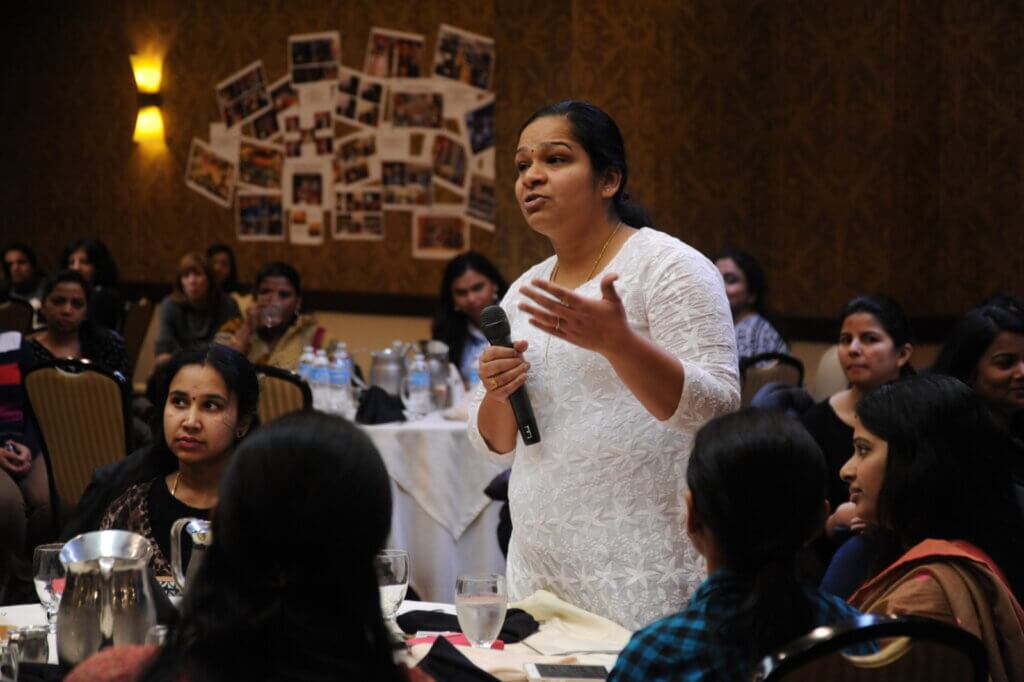Stakeholder mapping Business Ecosystem Roles

We talk about stakeholders a lot at Consciously. One of our basic premises is this: If you want to market successfully to stakeholders and connect authentically with audiences, you have to care about more than just customers. If you want to be inclusive, you have to stop thinking in terms of segmented, single-person personas, or disparate non-values driven markets and start thinking in terms of stakeholders and ecosystems.
MAPPING ROLES IN YOUR business Ecosystem?
The people and communities who have a vested interest in your business as well as those affected by your business activity. It includes the rolls of individuals important to the communities and might also include the specific individuals within the community.
A key part of The Consciously Method™ involves mapping the ecosystem of aligned communities, and then defining your company’s role within each community. But identifying the role(s) a company should play for stakeholders, in their communities, as well as the roles others play, is tricky. This post is your guide to more than a dozen crucial roles.
Before we dive in, remember: Thinking in terms of stakeholders and stakeholder communities requires a mental shift away from old brand-to-customer marketing paradigms and traditional ways of controlling brand messages. Caring about communities requires ceding some control and accepting that companies exist within broader stakeholder ecosystems that support their existence.
What is a BUSINESS ecosystem?
Your companies stakeholder ecosystem is made up of all the communities who have a vested interest in your business as well as those affected by your business activity. It intentionally includes interconnectedness, synergies and exchanges between individuals and communities.
Got it? Then let’s go.
18 ECOSYSTEM Role Examples for mapping
Strong communities are not built from the top down. As Harvard Business Review (HBR) has noted, they are not built by opinion leaders. Yes, influencers can play an important role and drive buzz marketing campaigns. But robust, longer-lasting communities enable a variety of meaningful roles to be played.
Here are 18 roles identified by HBR that are critical to a community’s functioning, preservation and evolution. Think of this list as an anatomy of a community.


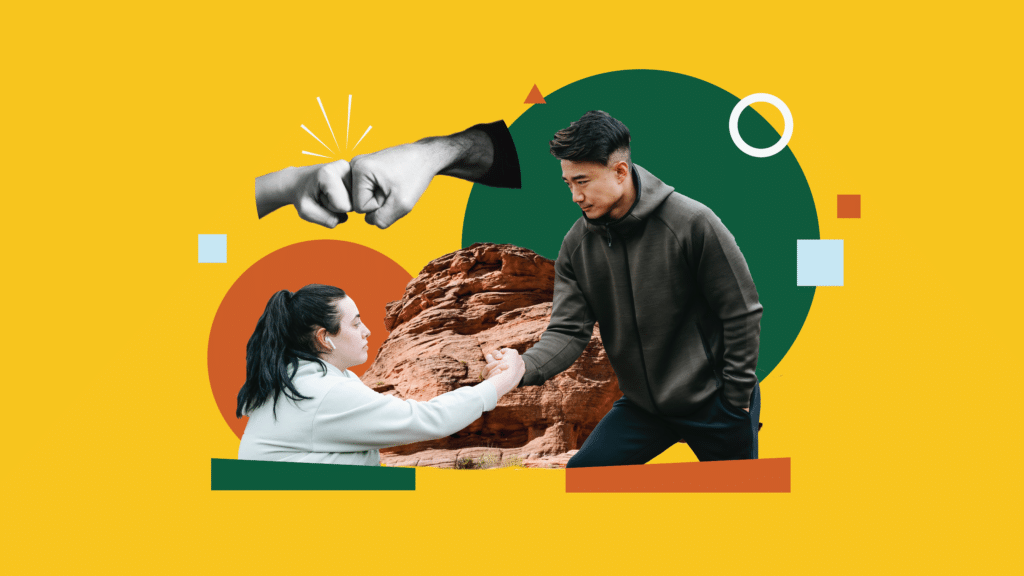



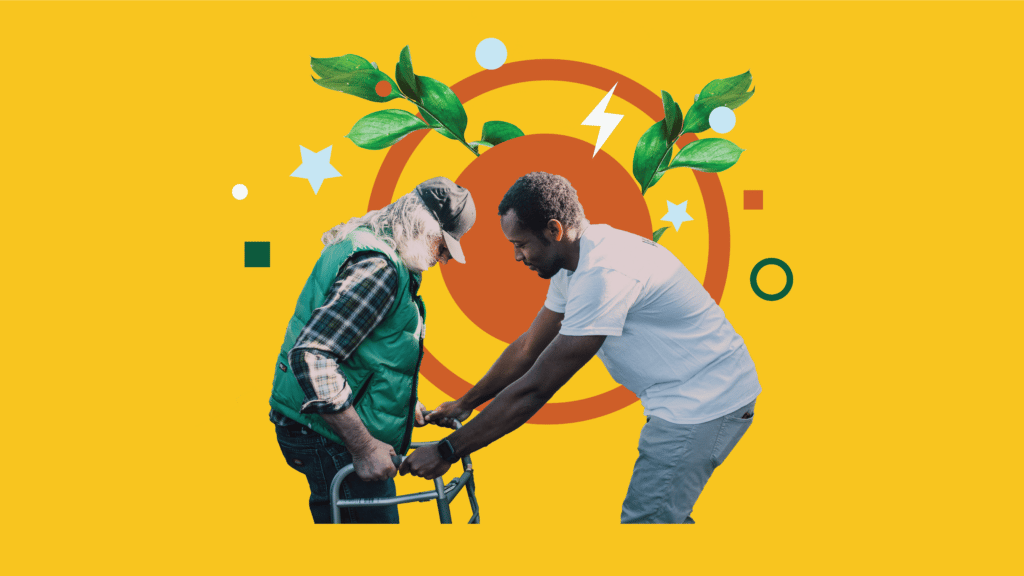

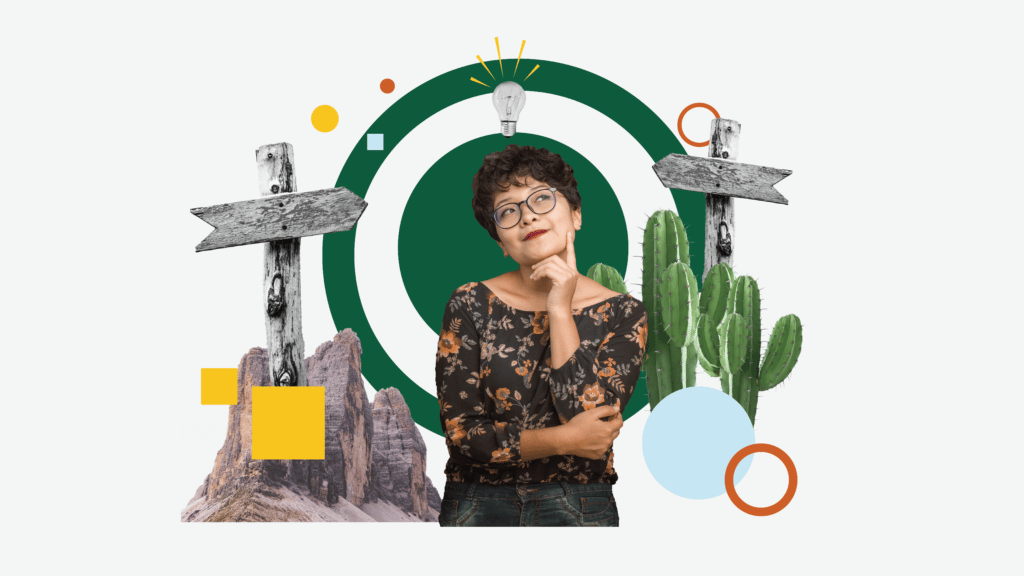
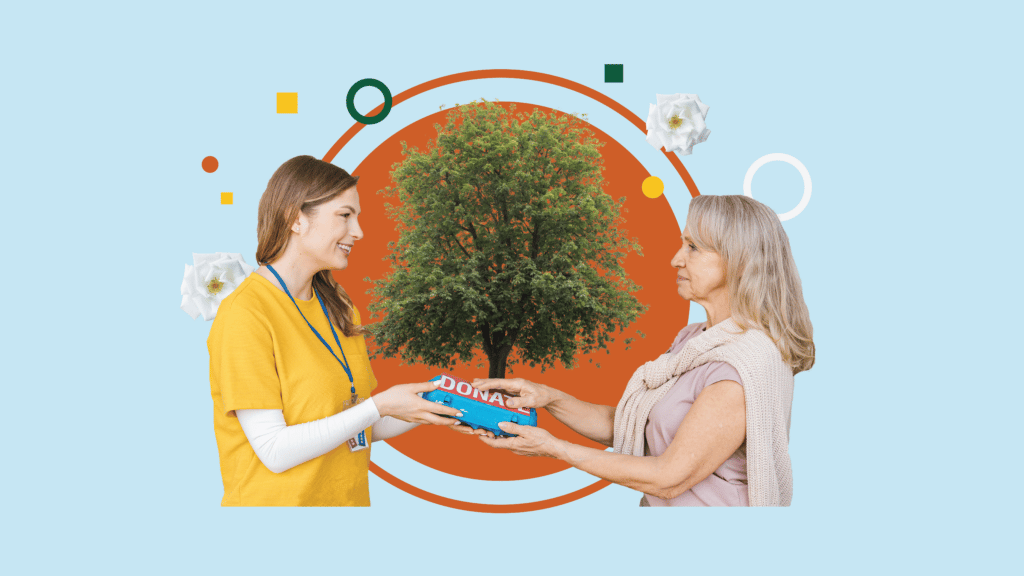







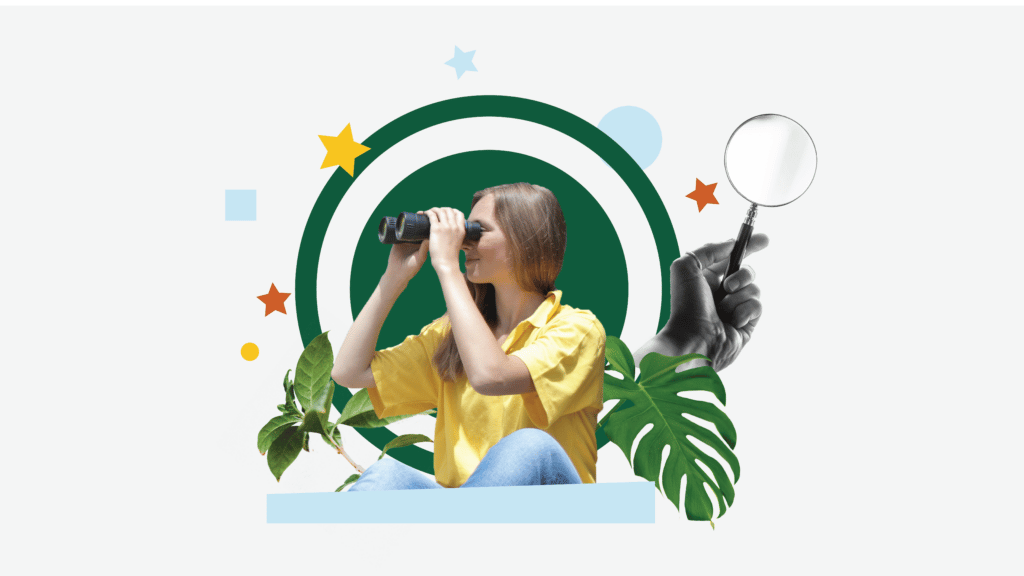
At Consciously, we believe every company should find primary, secondary and tertiary roles to play within each community served, and then double down on delivering value directly connecting to your values through those roles.
Identifying roles isn’t about just choosing which sound nice—it involves understanding which roles the company and its stakeholders are best positioned to play. If you’re serious about marketing authentically to stakeholders and communities they’re a part of, you should be paying attention to what your company values, how it provides value, it’s story, and how those things map to what a particular community needs. Be mindful of what roles are a natural fit for your company to play, lest your entire engagement strategy will be inauthentic.
And remember: An influencer-focused marketing strategy is not a real community engagement strategy. There are many types of roles people play in communities. The same should be true of companies seeking to meaningfully connect within them.
